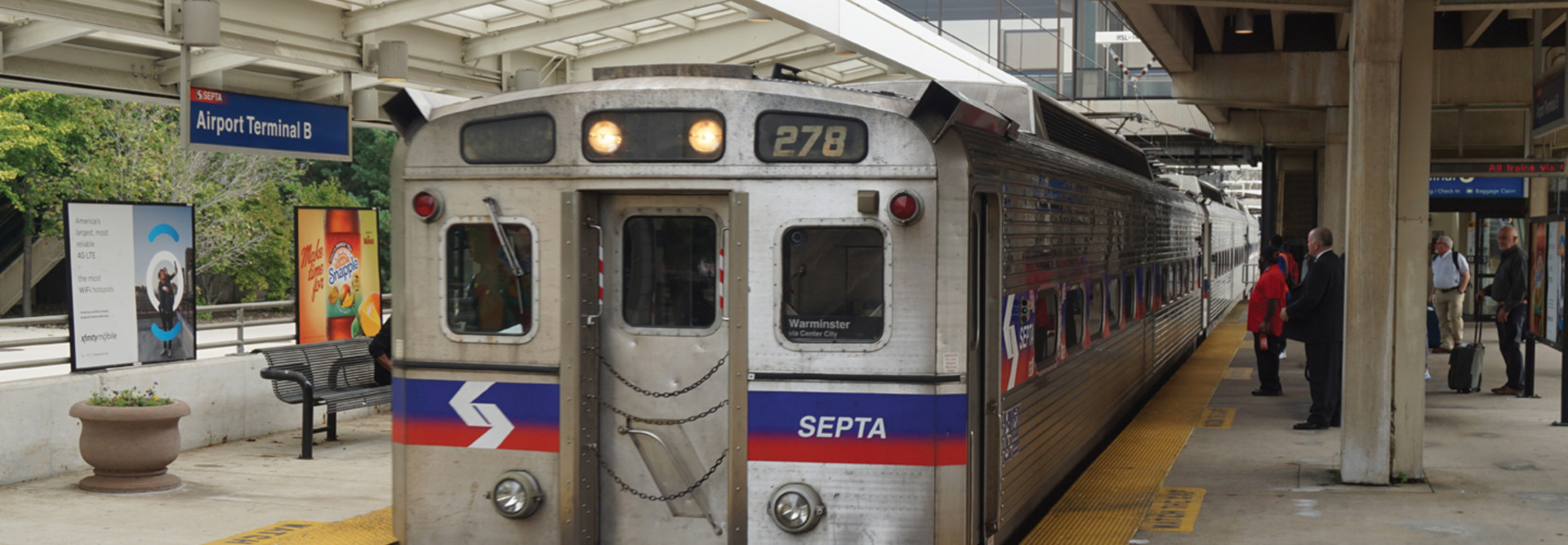How AR Could Help Philadelphians Navigate SEPTA
SmartCityPHL partnered with Philadelphia’s Office of Transportation, Infrastructure, and Sustainability (OTIS) and SEPTA to design the challenge.
The city says more than $35,000 in cash prizes will be provided to winning entries, thanks to support from U.S. Ignite, Facebook Reality Labs and Comcast. The Institute on Disabilities at Temple University is also working with the city on the challenge.
All submissions need to “identify at least one specific challenge faced by people with disabilities in accessing public transportation in Philadelphia” and also “describe in detail how their proposed product will use augmented reality to address that challenge,” according to a city document.
Participants in the challenge were encouraged to “leverage open-source hardware and software in the design of their solutions and to make their solutions available under open licenses such as the MPL for code and Creative Commons licenses for documentation.” Participants were also strongly encouraged to host their submission documentation publicly (via GitHub or an equivalent) in such a manner that others can learn and benefit from the project.”
RELATED: What will massive new infrastructure investments mean for smart cities?
Projects will be judged on technical feasibility, differentiation, affordability, social impact and scalability.
“Augmented reality applications are designed to interact with the real world and provide additional information based on context,” Joanna Hecht, a SmartCityPHL fellow, writes in a blog post. “That information can be provided in different ways, including images or sounds.”
Hecht writes that the city encouraged innovators to go beyond AR use cases like those used to create the game Pokémon Go.
“We encourage participants in the challenge to think creatively about presenting information that could improve the transit experience for people with disabilities,” she writes. “The augmented reality applications do not have to be available on smartphones. We’ll be looking for applications that thoughtfully consider the hardware that will be required to operate and the implications for access, equity, and cost effectiveness.”
From here, selected participants will present their ideas during a virtual event on August 20. Those chosen will then move on to a prototyping and demo phase and will showcase their products during an event on October 26.
“This challenge is an opportunity to think creatively about how people with diverse needs navigate our city,” Mike Carroll, deputy managing director for OTIS, said in a statement. “As we continue to update physical infrastructure to increase access, augmented reality can help public transit in Philadelphia feel more welcoming to all.”











